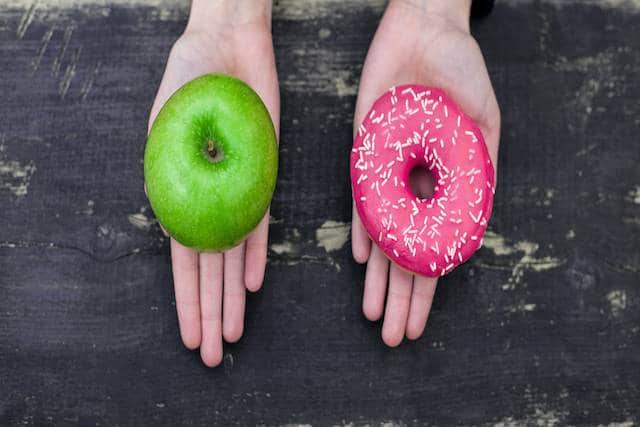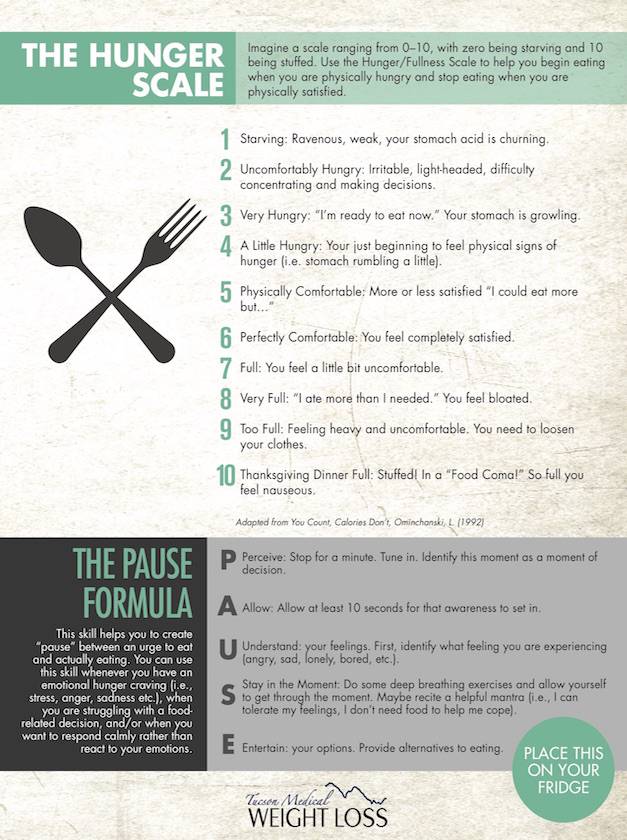Written by: Clinical Psychologist, Dr. Kim Feinstein, RedMountain Weight Loss’ Behavioral Weight Loss Specialist
Why it is so difficult to break the Emotional Eating Cycle!?
– You have been emotionally eating for a very long time, both consciously and unconsciously, therefore, It is a deeply ingrained habit
– It can be frightening to consider your life when you don’t numb yourself with food
– You are overwhelmed at how to start identifying and serving your emotional needs without using food
– Processed sugary high fat foods are highly addictive, so even without the emotional component, they can be extremely difficult to give up.
– You haven’t learned alternative effective ways of tolerating and managing your feelings.
Thankfully, you can break the habit of emotional eating. What is needed to break the cycle of emotional eating is support, compassion, guidance, kindness, and a safe place where you can release your fears, identify your emotions, triggers, and what your real needs are, and then put in place a toolbox of strategies and methods to satisfy your emotional needs in a way that doesn’t require reaching for comfort food. Follow the steps below to begin breaking the emotional eating cycle!
Step One: Be Aware.
Much of emotional eating is so unconscious that it happens automatically. Before you attempt to change this habit, keep a journal. Write down where and when you stress eat. The office? Late at night? When you are alone? When you are tired, sad, lonely, or bored? Are there any patterns that you notice?
Step two: Are you physically hungry or emotionally hungry? Always ask yourself this question before eating. Use the hunger scale below to assess how physically hungry and/or full you feel.
How To Use The Hunger Scale
– If you want to gain better control and lessen the chances of overeating, try using this scale. Begin eating when you are between a “3” and “4”. You want to feelsome hunger pangs but still have control over what you will eat.
– Halfway through your meal, rank your hunger again using the same scale of 1–10. As you move through your meal, continue to check in with your physical satisfaction level instead of eating mindlessly on autopilot. If you are physically satisfied and still have food left over, do not continue eating. Instead, ask for a to-go box, push your plate away, or throw it away.
– If you are still physically hungry, continue eating. At the end of your meal, rank your hunger again using the same scale. Try to stop eating at a “5” or “6”. If you find that you have passed the point of satisfaction and are uncomfortable, realize that this happens and try not to beat yourself up or feel guilty. Instead, ask yourself, “Why did I continue to eat past the point of satisfaction?” “Was I overly hungry when I started? Did the food just taste too good, so I didn’t want to stop? Was it out of habit? Or maybe I didn’t want to “waste” it?
Try implementing this hunger scale method into your next meal and see if you leave the table simply satisfied rather than still hungry or excruciatingly full!
Step Three: Replace.
If you stop emotionally eating, you have to put something in its place. Write down a concrete list of all the healthy, non-food related activities that give you a quick pick-me-up on a tough day. (Link to Alternatives to Emotional Eating handout from last blog??)
Below are several additional strategies and coping skills to help you end emotional eating!
1. PAUSE Formula (see above)
2. Calming Words
Use this skill to during the “pause” to fill the space between a thought to eat and an action. This skill is most helpful when you are trying to tolerate an urge to emotionally eat or you have a strong craving for comfort food.
Say a silent prayer or calming motivational (inspirational) word, verse, or mantra.
– This too will pass
– Keep calm and carry on
– Just because I want it, doesn’t mean I have to have it!
– I can do this
3. Focused Breathing Exercise: Q-Tipp
This skill is beneficial when you are deciding about whether or not to engage in emotional eating. The more you practice this skill, the more easily and quickly you will be able to make wise eating decisions.
Q: Quiet your mind: Close your door, turn off your phone, walk away from your computer. Sit in a comfortable spot. Close your eyes and empty your mind. Let go of distracting thoughts. Focus on the present moment. If you can’t stop what you are doing, that is ok. Just turn your attention to your breathing.
T: Touch base with your senses: Identify and label what you see, hear, smell, taste, and touch around you.
I: Inhale slowly and deeply through your nose. If you need imagery, imagine inhaling the fragrance of your favorite scented candle.
P: Pucker your lips and very slowly, push out your breath.
P: Pause and hold for a moment.
Repeat this process ten times. If you still feel overwhelmed, repeat ten more times or until you feel calmer. Then make your decision whether or not to eat.
With consistent application of these tools plus a supportive environment where you can heal and empower yourself, you can move from a damaged, painful relationship with food and your body to a joyful, liberated one.
Good luck!








